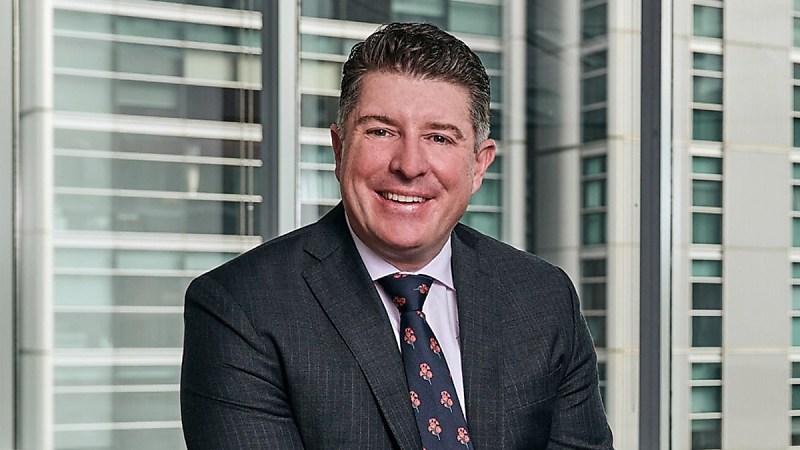Gen X, Millennials driving SMSF growth
Gen X and Millennials are driving the establishment of new SMSFs, according to the latest data from Class.
Recent analysis of the Class Benchmark Report reveals that Gen X and Millennials account for more than 85 per cent of all new fund establishments for the six months to 31 December 2024.
Speaking at the SMSF Association National Conference in Melbourne on Wednesday morning, Tim Steele, CEO of Class, said data analysis for the first half of FY25 shows the sector continues to grow and maintain its resilience.
"Interestingly, we’ve seen a spike in Millennial establishments which grew at a faster rate than any other demographic, increasing by five per cent over the past six months to 33.6 per cent up from 28.5 per cent as of 30 June 2024," Steele said.
In contrast, Generation X saw a slight decline from 52.6 per cent to 51.9 per cent while Baby Boomers experienced a sharper drop from 17.5 per cent to 13.4 per cent.
Peter Burgess, CEO of the SMSF Association, said the traditional hallmarks of the sector - flexibility and control - are what is attracting more Australians to establish SMSFs.
“It is evidenced by those nearing or in early retirement wanting a more tailored superannuation experience,” he said.
“In addition, technology is making it easier to set up and manage a fund, helping explain their growing appeal to a younger demographic.”
Meg Heffron, director of Heffron, said while establishment numbers were a good indicator of the sector’s health, so too were wind-ups.
“A high wind-up rate for newly established funds suggests buyer remorse or scams. But the trend in recent years has been falling wind-up rates and the age of the fund at wind-up time has been getting older,” she said.
“While it will be several years before we have reliable statistics because there’s always a lag regarding wind-ups, based on what the numbers are telling us now, they’re trending down despite the growth in funds.”
Heffron added that much of the sector’s growth was coming directly from trustees, a notion that was also supported by Burgess.
“With advisers reluctant to recommend and accountants locked out, I suspect trustees are doing their own research and finding their own way to an SMSF,” she said.
“While I would always say that the best approach for an SMSF to optimise their superannuation is in partnership with an adviser, I don’t think we should underestimate the research some people do before concluding an SMSF is their best option and then bringing in an adviser at a later stage.”
However, both Burgess and Heffron said the sector still faced some challenges.
“It would be wrong to assume everything is perfect in our world,” Burgess said.
“The number of disqualified trustees, although appearing to stabilise, remains high, illegal early access remains a problem, and there are still too many instances of inappropriate SMSF advice as evidenced by the Compensation Scheme of Last Resort (CSLR) claims.
“These are issues that can’t be resolved by the SMSF sector working alone. We’re now a significant and important part of the financial services industry, so all the industry, as well as government and the regulators, need to work together to achieve the optimal outcome.”
Heffron suggested that perhaps the time had come for the sector to consider some modest barriers to entry or at least prompts to make people pause before setting up an SMSF – possibly via a form of education to encourage careful decision-making.
“But none of these issues detract from the fact our sector faces an exciting future. SMSFs have always been at the forefront of developing new strategies and new ideas and that will continue. All those ideas eventually spill over into the other super sectors – and that’s got to be good for everyone,” she said.








